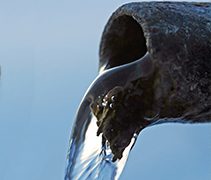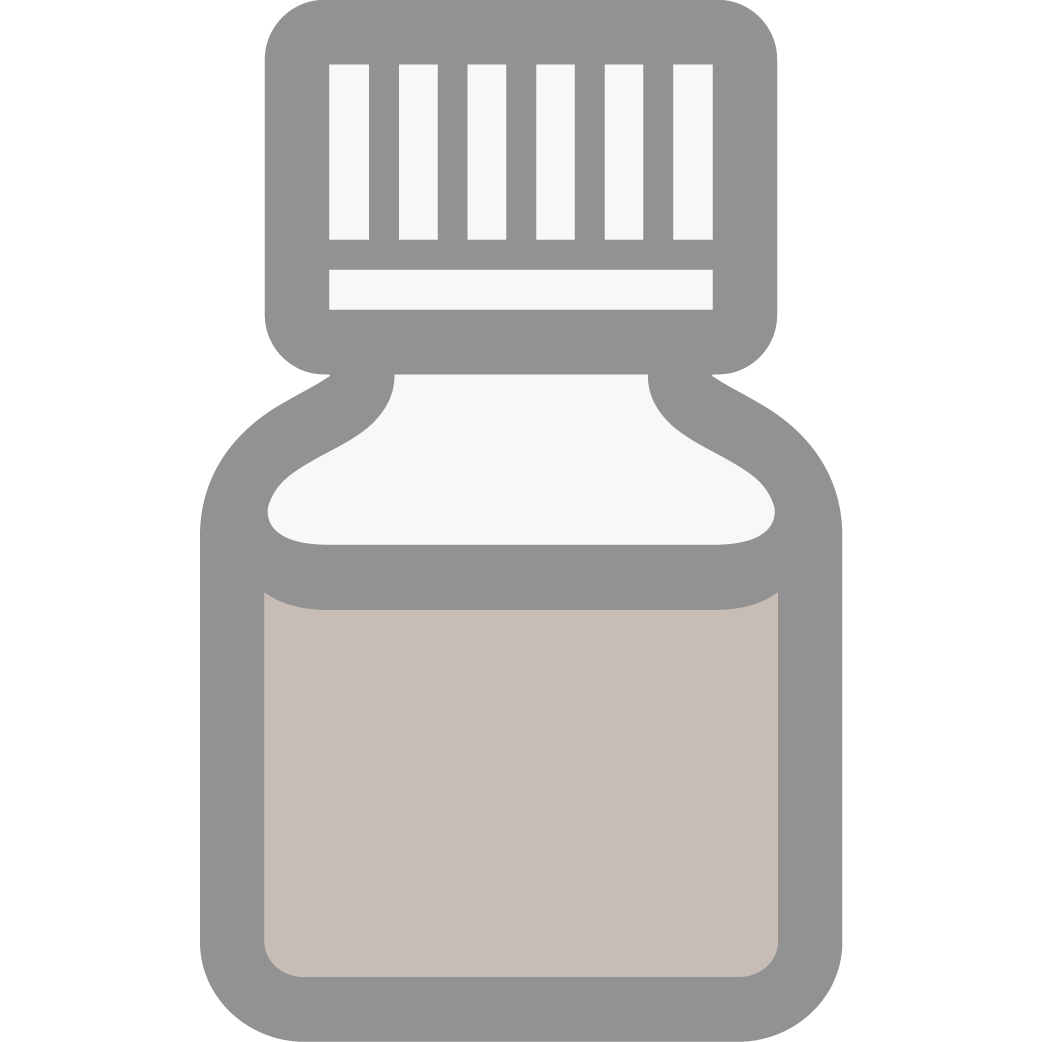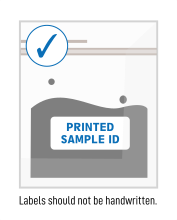
 IMPORTANT – The lab does not accept water samples that still need to be pretreated (send filtered samples with no chemicals added). For turbid water samples, you must filter out any debris prior to submitting the sample using 0.7-micron glass fiber filter paper.
IMPORTANT – The lab does not accept water samples that still need to be pretreated (send filtered samples with no chemicals added). For turbid water samples, you must filter out any debris prior to submitting the sample using 0.7-micron glass fiber filter paper.
The δ18O and δD measurements are performed on the water samples in an isotope ratio mass spectrometer (IRMS) or cavity ring-down spectrometer (CRDS).
The interpretation of δ18O and δD values, as required in hydrological studies, lies with the submitter.
The IRMS can only handle samples up to about 35 PSU (the standard salinity of seawater). The δ18O and δD values are not reported for hypersaline samples (35 PSU or more) and δ13C will only be reported if enough CO2 can be obtained from that sample.
Submittal – Please use this online form.
 For more details about how to collect and submit water samples, please see our Radiocarbon Dating Groundwater page.
For more details about how to collect and submit water samples, please see our Radiocarbon Dating Groundwater page.
If you have any questions about your sample, please contact the lab.
When requesting for a formal estimate/quote, please indicate in this form the number of water samples for stable isotope analysis and the billing details of the paying institution.
Disclaimer: This video is hosted in a third-party site and may contain advertising.
This video excerpt is part of Beta Analytic’s webinar: Isotopes in Hydrology
Beta Analytic employs the isotope equilibrium method to determine δ18O and δD of liquid water samples. This method is ideal for freshwater samples. Marine waters (with salinity (S) of 35 g L-1) can be successfully analyzed given extended equilibration time. Some limitations exist for highly saline natural waters (e.g. S > 100g L-1) such as those in certain salt marshes, hypersaline lakes and lagoons, or hydrothermal brines. These limitations are due to salinity-dependent fractionation factors between CO2 and H2O and will routinely result in accuracy loss on the order of 0.5+ o/oo for δ18O and 5.0+ o/oo for δD.
For highest accuracy in results, application of post-analysis correction factors may be needed contingent upon the activity coefficient of the isotope species and the salinity of the original sample.
Kendall C., Caldwell, E., Isotope Tracers in Catchment Hydrology (1998) Elsevier Science B.V., Amsterdam. Pp 51-86.
Christophe Lécuyer, Véronique Gardien, Thomas Rigaudier, François Fourel, François Martineau, Alexandre Cros, “Oxygen isotope fractionation and equilibration kinetics between CO2 and H2O as a function of salinity of aqueous solutions”, Chemical Geology, Volume 264, Issues 1–4, 30 June 2009, Pages 122-126.
François Martineau, François Fourel, Anne-Marie Bodergat, Christophe Lécuyer, “D/H equilibrium fractionation between H2O and H2 as a function of the salinity of aqueous solutions”, Chemical Geology, Volume 291, 6 January 2012, Pages 236-240.
Beta Analytic Webinars:
Isotopes 101: An Introduction to Isotopic Analysis
How to Identify Sources of Pollution using Sr and B Isotopes
Boron & its Occurrence in Water
Page last updated: June 2023